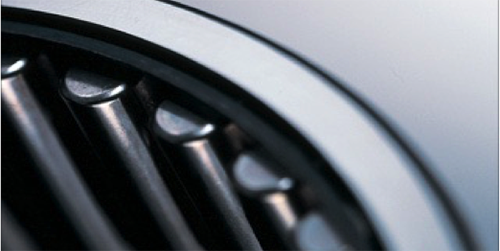
ROLLER BEARING MONITORING

Description
Bearings are the most critical and vulnerable mechanical components of a rotating machine. Bearing failure can lead to complete machine failure, causing accidents, operation interruption and financial loss.
The amplitude of radial shaft vibrations and radial position are the main indicators of the overall mechanical condition of rotating machines.
Early detection of a defect that develops in a bearing’s rolling element can prevent an unexpected failure and its potentially disastrous consequences.
Many machine malfunctions can be detected, including rotor unbalance, misalignment, bearing wear and friction with these measurements.
Some types of machines produce vibrations that are not easily detected by measuring the relative dynamic movement of the shaft in relation to the bearing.
Depending on the bearing stiffness, the vibrations can be transferred directly to the bearing housings. This can also occur at displacement amplitudes that cannot be detected by shaft measurement methods.
In such cases, a piezoelectric accelerometer or a seismic velocimeter are used to measure the severity of the bearing vibrations.
Typical faults detections
- Wear of roller bearings
Typical installation
2 piezoelectric sensors installed at 90° – X/Y in the radial direction
Monitoring parameters
- MPS: Boadband characteristic values (RMS, BCU,…)
- CMS: Frequency-selective characteristic values (Envelop spectrum)
Applications
Related sensors
LET'S KEEP IN TOUCH
Sign up to receive our newsletters












